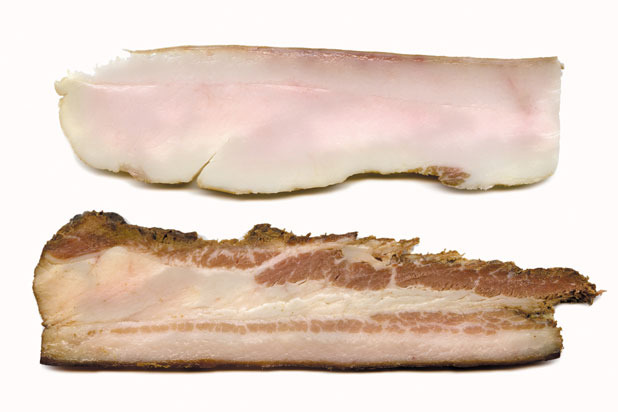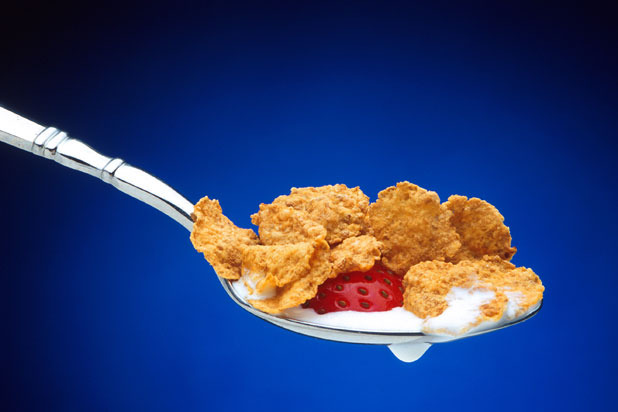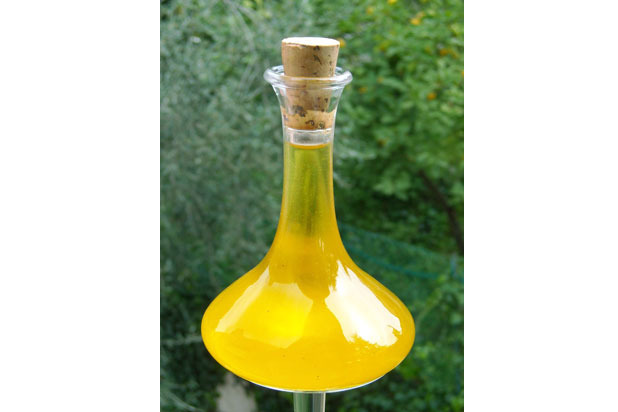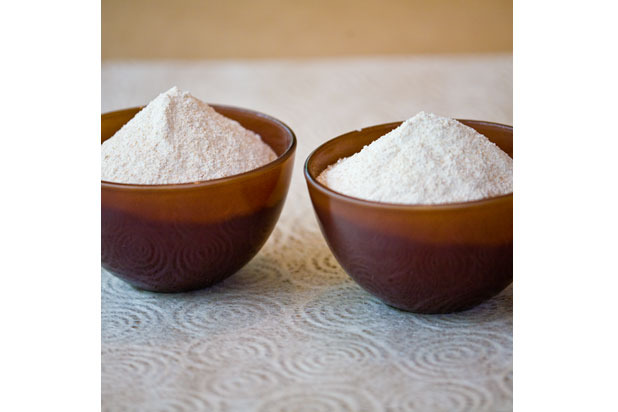What Additives Are In Your Favorite Foods Slideshow
This no-calorie, artificial sweetener finds its way into our soft drinks and coffees daily. While the lure of a calorie-free sweetener is understandably appealing, its high-risk properties make calories feel like a boon. Aspartame consists of three chemicals: aspartic acid, phenylalanine, and methanol. Linked to the development of cancerous brain tumors, diabetes, birth defects, and even vision issues, aspartame's appearance on the market in the '80s caused much controversy. A 2006 study by the European Ramazzini Foundation (ERF) in Bologna, Italy, concluded it was a carcinogen. However, according to the FDA, the study data made available by the ERF did not provide enough evidence to refute the FDA's conclusion that aspartame is safe. The 20-plus-year debate still wages on, as more tenuous links between illness and aspartame are unveiled.
Common Food Dyes
As a general rule of thumb, when it comes to the color of your food, bland is bad. Colorful foods are great for you, but if those colors didn't occur in nature, you could be headed into a dark zone. Foods with artificial coloring generally cause hyperactivity in sensitive children, plus a multitude of side effects depending on which dyes they're ingesting. Studies of Green 3, Red 3, Yellow 5, Yellow 6, Blue 2, and Orange B have all indicated a correlation between the dyes and several types of cancers and tumors. While Blue 1, Citrus Red 2, and Red 40 are not as high risk, they should be monitored according to personal allergies since all are common in junk food.
Sodium Nitrate, Sodium Nitrite
Ever wonder how your bacon keeps its pinkish, appealing color? To preserve meats' color and shelf life, processed meats like bacon, hot dogs, and sausage are infused directly with the additive sodium nitrate. The Mayo Clinic's Martha George, M.D., concluded that sodium nitrate is linked to heart disease and cancer. Dr. George discovered that it damages blood vessels, possibly causing arteries to narrow and harden. A University of Hawaii study also revealed that people who consumed processed meat were 67 percent more likely to get pancreatic cancer than those who refrained from meat consumption. Although the study didn't single out sodium nitrate as the offender, nutrition author Mike Adams notes that your body converts the additive to nitrosamines when consumed, which promote the growth of cancer cells. Though some measures have been taken to lessen the impact of sodium nitrate, there is still debate on how much (if any) should be allowed in meats.
Soy
For years, soy has been gracing our tables under the guise of a healthy food, and for those of us who are lactose intolerant, a godsend. However, this additive is linked to many hormonal discrepancies in both men and women. In several studies where female mice consumed higher amounts of soy, their litters grew smaller and in some cases proved to be infertile. In male rats, there was a proven abnormal growth of breast cells. Though the reproductive organs in the males were not feminized, the estrogen levels did alter their behavior. The scary part? Our reproductive systems do not vary that much from rodents, however the average human male would have to consume extremely high amounts of soy to develop such high estrogen levels. But for those who are lactose intolerant, the possibility of breast growth (and flaccidity) is very real. In Diane Gregg's The Hidden Dangers of Soy, the soybean is exposed as a toxin itself, reportedly acting as an enzyme inhibitor and even preventing your body from absorbing nutrients.
Butylated Hydroxytoluene (BHT) and Butylated Hydroxyanisole (BHA)
An additive that preserves fats and oils in your foods and cosmetics will leave you feeling anything but pretty. While hard to avoid because it is so widely used, BHT is an antioxidant that prevents food from going rancid and is found commonly in chewing gum, dry breakfast cereals, and potato flakes. Though considered to be safe, it is linked to adverse interactions when consumed alongside hormonal birth-control methods or steroid hormones. It also may affect chemical balances in the brain and cause sufficient behavioral changes, as was evident in a study of mice offspring that had a diet including 1 percent of BHA. The Select Committee of the Federation of American Societies for Experimental Biology (which advises the FDA on additives) recommended further studies to determine the effects of BHT. The reason: The FASEB believes there is a possibility that BHT may convert other ingested substances into toxic carcinogens.
Partially Hydrogenated Vegetable Oils and Trans Fats
When vegetable oil undergoes the process of hydrogenation, hydrogen is added to prevent the oil from spoiling. This allows for a longer shelf life, makes food appear less greasy, and keeps food fresher for longer. While most companies have banned trans fats from their products, labels can be misleading — 0.5 grams of trans fat can legally be printed on a label as "0 grams trans fat." Commercially baked goods and fried foods are the leading products that contain trans fats. The danger lies in that trans fats increase bad cholesterol (LDL) while lowering good cholesterol (HDL). This increases the risk of heart disease, the leading killer of men and women.
Carrageenan
Used as a thickening agent in ice cream, yogurt, pudding, and cottage cheese, carrageenan is a water-soluble polymer derived from red seaweed. Joanne Tobacman, M.D., from the University of Iowa, published a review of 45 investigations on the additive's effects, and claims to have found evidence that it causes ulcerations and malignancies in the gastrointestinal tract in tested animals. Though the FDA deemed its usage as safe, Tobacman insists that the additive undergo review, as evidence becomes more conclusive that it causes lesions in the stomach and ultimately leads to cancer.
Propyl Gallate
Though its use in cosmetics make make your face look pretty, what it may do to your insides isn't so flattering. Just like BHA and BHT, propyl gallate is an antioxidant that helps to slow the process of spoilage in food — from meats to chewing gum. Research suggests that there are many adverse effects to using this additive. For one, those who have an allergy to it may experience asthmatic symptoms, irritable skin, and an upset stomach. Further research indicates that consumption will lead to kidney and liver complications, and animal studies point to cancer-causing tendencies.
Olestra
In theory, Olestra rocks. This additive allows you to cut out the fat in your favorite fatty snacks — literally. This fat substitute takes the calories, cholesterol, and of course, fat, out of food products. Unfortunately, it also prevents your body's ability to absorb essential vitamins. Found in some varieties of common snack-food brands like Frito-Lay's light chips and fat-free Pringles, the FDA still allows Olestra to be used in food products. Some nasty other side effects like gas, loose bowels, and cramps could occur as well.
Potassium Bromate
This oxidizing agent is rare, but still legal in the U.S., and is used as an additive to increase volume in white flour, breads, and rolls. When given directly (orally), it was found to be carcinogenic in rats and nephrotoxic in both humans and tested animals. Tumors also appeared in both the kidneys and thyroid in test subjects.
